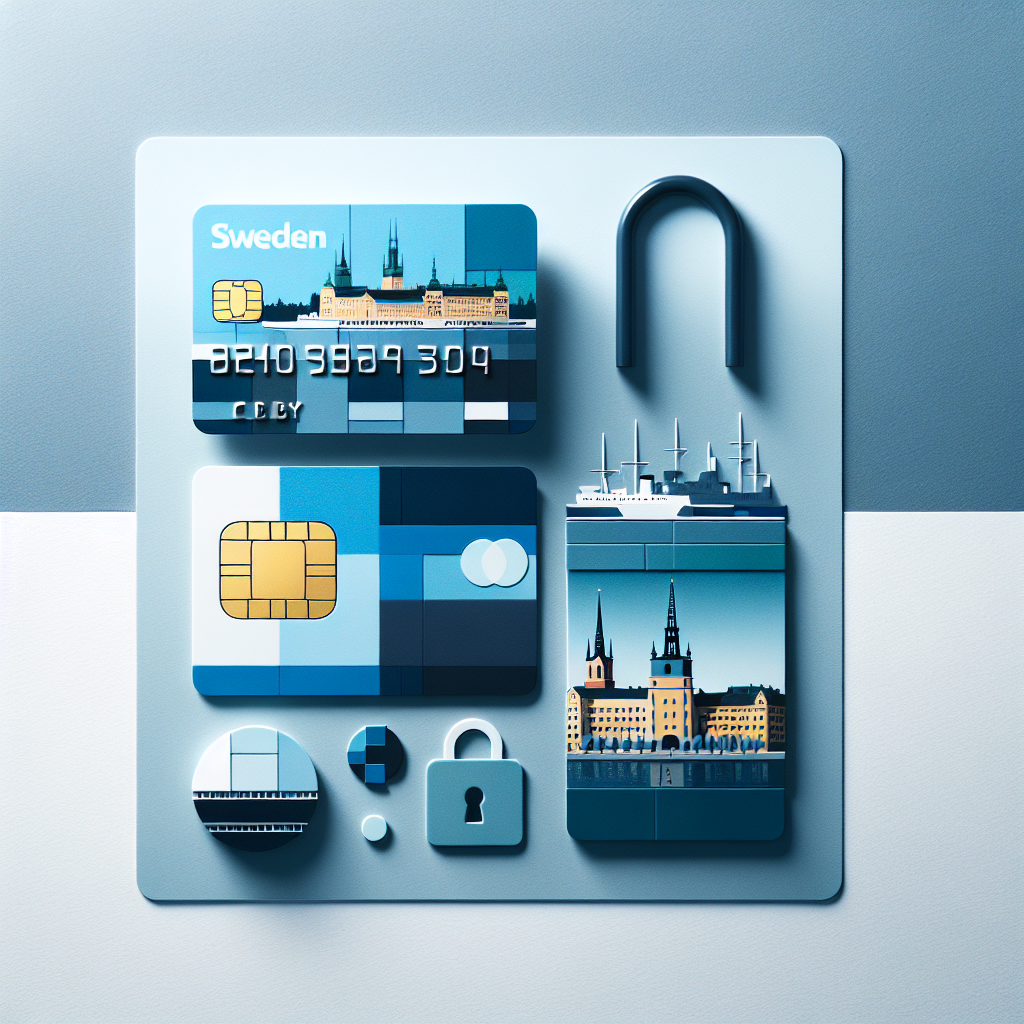Choosing a top rated credit card in Sweden means balancing security, fees, and real-world benefits. This guide distills modern, practical guidance for cardholders who want protection against fraud, sensible credit limits, and perks that genuinely match their spending. Whether you use cards for daily purchases, travel, or managing bills, the right decisions will reduce risks and boost value.
Why a top rated card matters in Sweden
A top rated card is more than a marketing label. It typically means the issuer commits to strong fraud monitoring, convenient digital tools, transparent pricing, and responsive customer service. These elements matter because Sweden is highly digital: bank-issued cards, mobile payments, and online subscriptions are common. Picking a highly rated product reduces the chance of costly surprises and supports friction-free daily life.
Security features to prioritize
When evaluating cards, prioritize:
- Zero-liability policies: Protection from unauthorized transactions when you promptly report fraud.
- Two-factor authentication (2FA): Card controls and app login should support biometrics or an additional verification step.
- Real-time transaction alerts: Notifications let you spot suspicious activity immediately.
- Virtual card numbers: For online merchants, single-use numbers reduce exposure of your real card details.
- EMV chip & contactless protections: Ensure your physical card meets modern standards.
Perks, fees, and true value
A card’s headline reward (cashback, points, travel insurance) is useful only if it aligns with your habits. Assess:
- Annual fee vs. benefits: Calculate whether perks offset the fee based on your spending.
- Insurance coverage: Many premium cards in Sweden include travel and purchase insurance—check limitations and excess amounts.
- Foreign transaction fees: If you travel or shop internationally, low FX fees matter.
- Redemption flexibility: Points that expire quickly or require convoluted transfers have lower real value.
Credit limits and responsible use
High limits can be convenient but also encourage overspending. A top rated card will offer responsible credit management tools: budget categories in the app, limit adjustments on demand, and repayment reminders. When negotiating limits, demonstrate a solid repayment record—banks favor customers with steady incomes and low debt ratios.
How to compare top-rated cards: a practical checklist
Use a simple comparison checklist when researching options. Key items include:
- Security features and fraud handling process.
- Monthly and annual fees, including any introductory offers.
- Foreign transaction rates and ATM withdrawal fees.
- Rewards structure, caps, and redemption rules.
- Insurance coverage specifics (travel, purchase, rental car).
- Customer service hours and language support.
Tools that speed decision-making
Use direct issuer information and independent reviews. For deep dives on issuer policies, consider reading comprehensive analyses such as Swedish Credit Card Reviews: Security, Limits, and Best Picks which examine protection features and real limits across card products. For savings-oriented readers, practical tactics are covered in resources like Smart Saving Strategies with Swedish Credit Cards & Apps to help you pair card rewards with budgeting apps.
Practical steps to pick and apply
- List your three most common card uses (daily groceries, travel, subscriptions).
- Score each candidate card against the checklist above.
- Estimate annual net benefit (rewards minus fees).
- Review issuer customer service reputation and dispute resolution speed.
- Apply where your credit history and income best match underwriting criteria to improve approval odds.
Physical and digital security tips every Swedish cardholder should follow
Digital security is critical, but physical safeguards still matter. Shred old statements, enable app biometrics, and freeze or block cards via your bank app if they are lost. If you still receive printed statements, make sure your mailbox is secure: local homeowners sometimes face issues with aging mailboxes, and timely replacement improves security—see guidance when it might be the time to replace your mailbox.
On the digital side:
- Keep your phone OS and banking apps updated.
- Use unique passwords and a reputable password manager.
- Be cautious with public Wi-Fi—use carrier data or a VPN for transactions.
- Enable push notifications for every transaction to spot fraud quickly.
Where to find independent card lists and broader perspectives
While local reviews are invaluable, global aggregators offer comparative perspectives on rewards and fees across many issuers. For example, consult a trusted best credit cards guide to understand the features that make a card stand out internationally; then map those traits to Swedish products and regulations. Always confirm that any international advice aligns with Swedish consumer protections and banking norms.
Common pitfalls and how to avoid them
- Chasing sign-up bonuses: Avoid applying for cards solely for bonuses unless they match your spending habits.
- Ignoring small fees: Maintenance or service charges can erode rewards over time.
- Underestimating insurance limits: Check the fine print on travel or purchase coverage.
Conclusion: Pick a card that protects and performs
Top rated Swedish credit cards combine modern security, clear pricing, and perks that align with how you live. Use checklists, compare issuer policies, and combine digital tools with simple physical precautions. For detailed reviews and comparisons, refer to the dedicated resources mentioned above to make a choice that suits your financial habits and peace of mind.
Want help comparing two or three cards you’re considering? Share the card names and your typical monthly spending categories, and we can walk through a quick, customized comparison.

